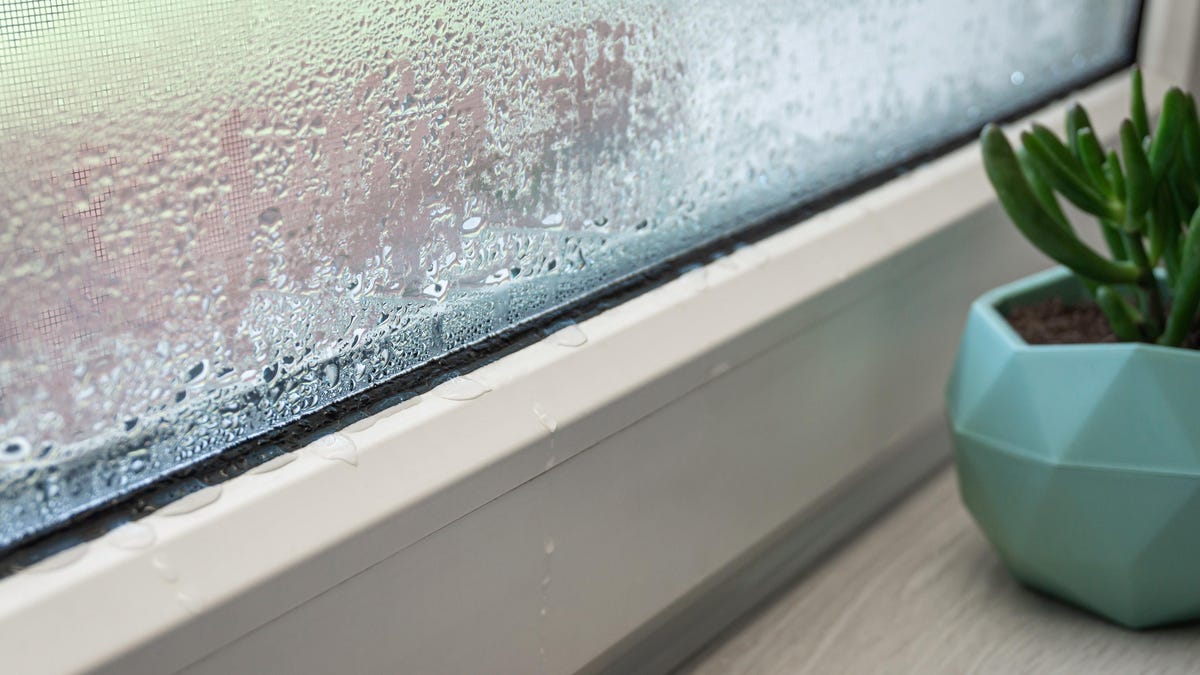How to Prevent Condensation on Your Windows (and Why You Should)
Condensation can form on windows when there’s a major difference in temperature indoors versus outdoors. When it’s on the outside, condensation is essentially dew, and disappears when the sun warms the window. Indoor condensation, however, is a sign of...

Condensation can form on windows when there’s a major difference in temperature indoors versus outdoors. When it’s on the outside, condensation is essentially dew, and disappears when the sun warms the window. Indoor condensation, however, is a sign of high humidity in a room—or possibly the entire home.
But window condensation doesn’t just block your view: If it occurs regularly, over time, it can cause damage. Here’s what you can do to prevent condensation from forming on your windows in the first place.
What causes condensation on windows?
It’s not unusual for condensation to form on indoor windows when the air in a room is exceptionally humid. This can happen when someone is cooking (especially boiling water), taking a hot shower or bath, or drying clothes. In situations like these, the condensation typically goes away when the indoor humidity level returns to normal.
However, if condensation is forming on windows throughout the house, even when humidity-increasing activities aren’t taking place, it’s likely a sign of excessive moisture in the home—a wider problem that should be addressed right away.
How to prevent window condensation
Because condensation on the outside of windows typically goes away on its own, we’re going to focus on preventing it from forming indoors.
Start with the basics, like turning on an exhaust fan and/or openings windows when you’re cooking, showering, or bathing. If you have a thermostat that measures and allows you to adjust your home’s humidity level, take advantage of the feature and be sure to keep it below 60%—ideally between 30% and 50%. Similarly, if you’re using a humidifier, turn it down, or off completely.
If you’ve already tried those strategies, here are a few others to consider:
Increase ventilation and circulation throughout your home with a combination of open windows and various fansOpen curtains, drapes, and other window treatments to prevent or release trapped heat on windowpanesRun a dehumidifierDoes window condensation cause damage?
Occasional window condensation with a clear cause, like showering or cooking, is normal, and usually, nothing to worry about. But frequent condensation—especially when it’s the result of an excessively humid home—can eventually lead to mold or mildew growth around the windows. It can also warp or rot window frames, or cause their paint to blister, crack, or peel.

 AbJimroe
AbJimroe 































